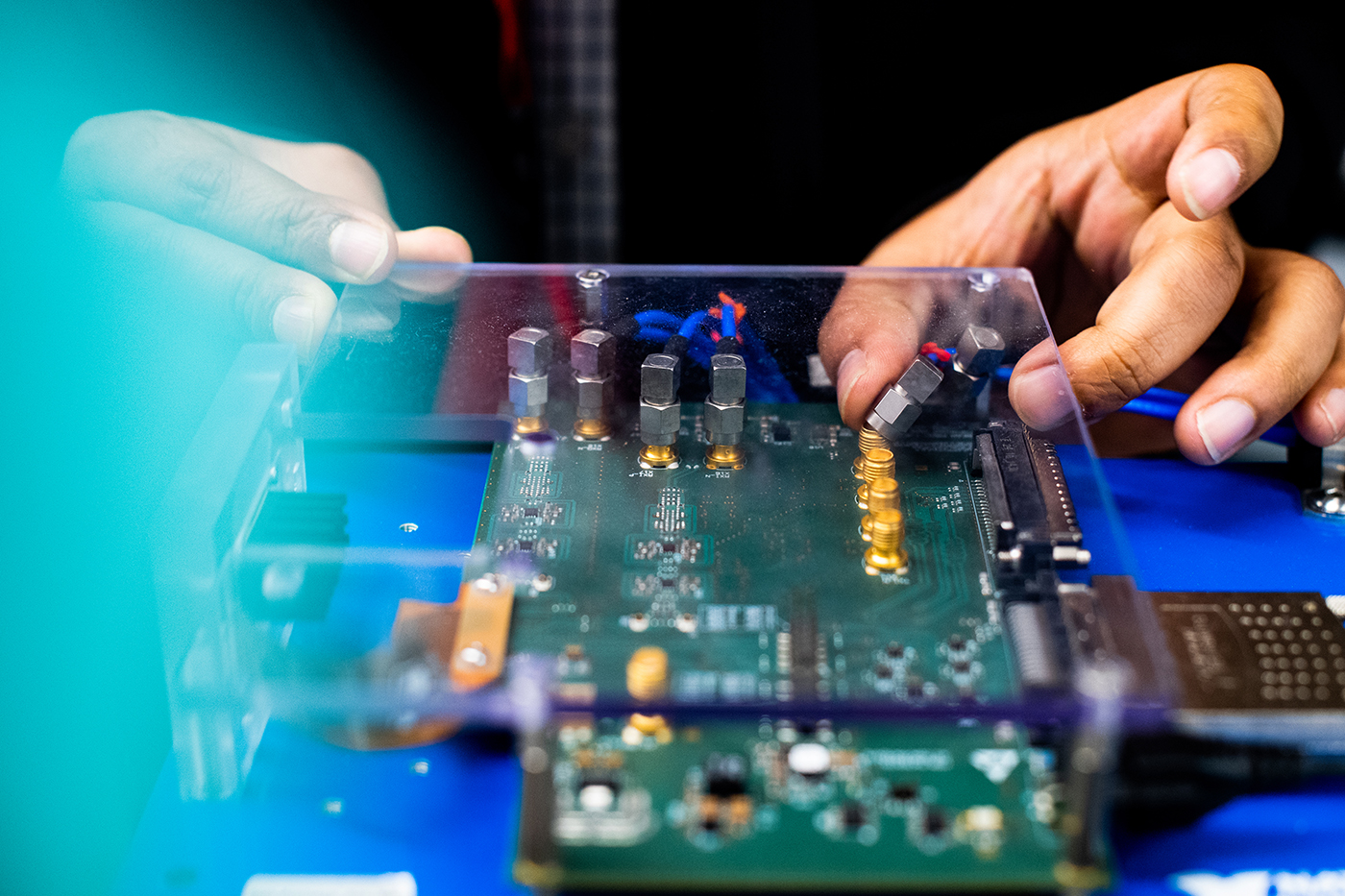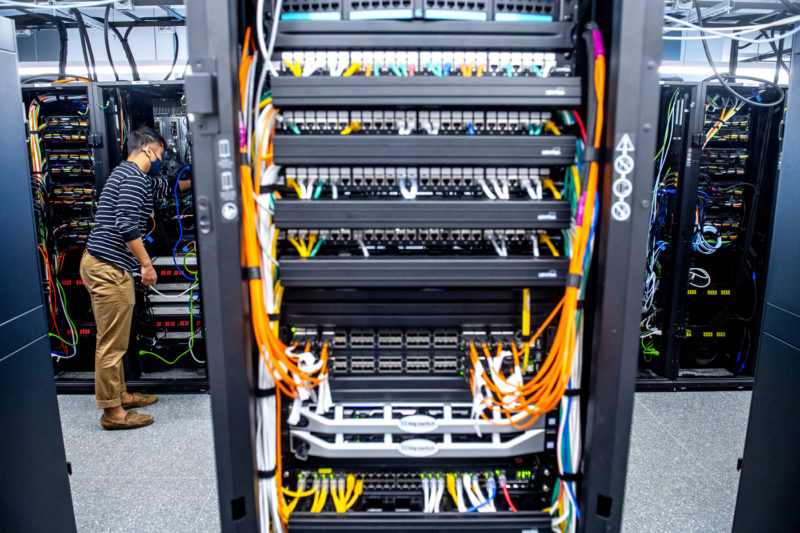When we imagine what technological advances will bring in the next few decades, we often think of self-driving cars, remote-controlled or robotic operations, and more immersive virtual reality applications.
But none of these technologies are possible without significant advances in wireless communication. This has been the focus of ongoing research at the Northeastern Institute for the Wireless Internet of Things 6G network technology.
It is predicted that 5G, the current generation of wireless communications, could be up to 20 times faster than the previous generation or 4G LTE; the next level of bandwidth beckons and with it improved technologies and broader connectivity.
The approximately $ 2 million US grant, which will be paid out over three years by the National Science Foundation, will be used to build a fully open, programmable platform that could test higher-frequency radio bands to unlock even faster internet speeds and overcome connectivity barriers the 5G plague, say several Northeast experts involved in the research.
From left to right: Tommaso Melodia, director of the WiNES laboratory and Dimitrios Koutsonikolas, associate professor for electrical engineering and computer technology. Photos by Matthew Modoono / Northeastern University
The platform would consist of eight separate cellular nodes built around the campus to serve as cellular base stations or Wi-Fi access points. The platform will be available to the wider research community.
And, uniquely, the research platform would primarily rely on software to test Wi-Fi and cellular capabilities, a departure from the hardware-dependent platforms used by today’s network operators. Researchers say this is key to developing 6G.
“A large part of the change from 5G to 6G is the transition from hardware to software infrastructure,” says Dimitrios Koutsonikolas, associate professor for electrical and computer technology at Northeastern.
Network vendors, vendors, and academic researchers have long requested that companies move from the proprietary hardware model to a more “open software” approach that involves decoupling network functions from the system’s underlying hardware. This new approach favors “interoperability and programmability,” concepts that Koutsonikolas says challenge the existing market paradigm.
And it’s a paradigm that can be seen across the various technology industries. Take computers: Apple and Microsoft have named their own operating systems, macOS and Windows, respectively. Any software system is effectively incompatible with competing hardware. While there are ways to overcome these limitations, none of the companies support them.

Photo by Matthew Modoono / Northeastern University
These proprietary hardware restrictions are similar in the world of cell towers, says Koutsonikolas. But those in the field have worked to change the paradigm, most notably the O-RAN Alliance, which calls for “a unified interconnection standard for white box hardware and open source software elements from different vendors”.
The northeast cell platform will embody these ideals because the researchers plan to “completely program the network architecture,” says Tommaso Melodia, William Lincoln Smith Chair Professor of Electrical and Computer Engineering at Northeastern and director of the Institute for the Wireless Internet of Things.
While 5G technology is still new and widespread, researchers are already betting on 6G, which experts say will be a fundamental part of almost all industries in society. The next generation of wireless technology is not expected until 2030 at the earliest, as each new generation takes about a decade to develop, says Melodia.
“We are at a time when the future of wireless communication is clearly a very important topic of discussion,” says Melodia. “It affects most of the economy and has geopolitical and geostrategic value to maintain North American leadership in this area.”

He says 6G operates in high frequency bands – much higher than in previous generations of networks. Experts say these higher frequencies will greatly expand wireless capabilities and reduce latency, or the time it takes for a network to communicate with devices and users.
Currently, 5G works on millimeter waves, which have a short range and are easily blocked by environmental obstacles.
“The first generation to use the so-called mmWaves was 5G,” says Melodia. “But 6G will go beyond that.”
Melodia says 6G will depend on this “O-RAN” or Open Radio Access Network approach. It will also be shaped by AI and machine learning, which is better supported by the softwareization of Wi-Fi and cellular infrastructure.
The new platform would therefore be designed in such a way that “everything from network applications to the specific waveforms used to transmit information can be tested,” says Melodia.
The project is funded by the National Science Foundation’s Major Research Instrumentation Grant. A total of $ 2,967,986 will be spent on the effort, with about $ 1 million coming from the northeast as a matching contribution, Melodia says.
For media inquiries, please contact media@northeastern.edu.

